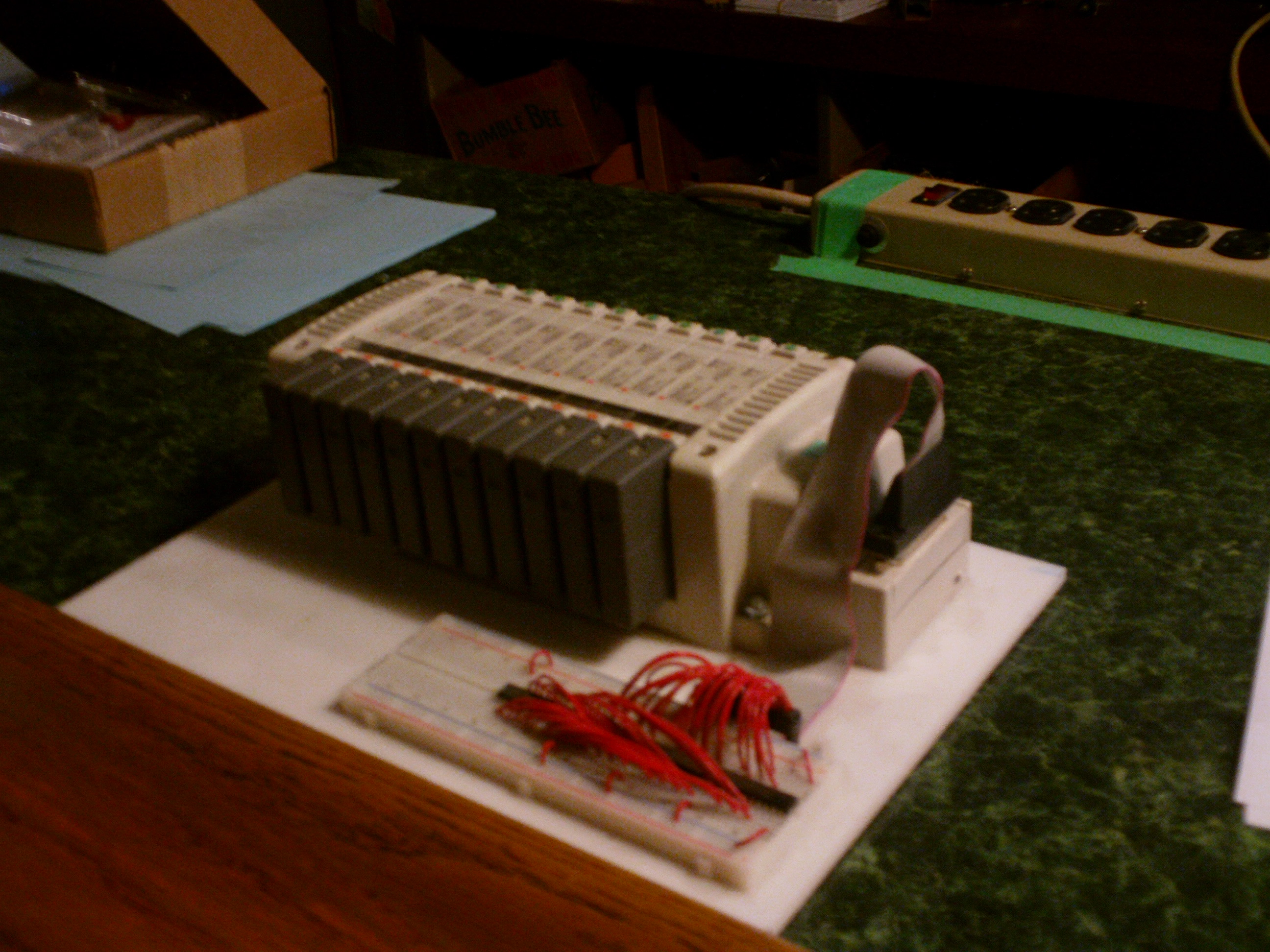Next-Generation Drug Delivery Technology for Future CBT Antidotes by Monty K Reed
(Share with this link http://theyshallwalk.org/?p=2036 )
While working in the wet lab at They Shall Walk I experimented with micro pneumatic actuators and autoinjectors (auto injectors) for ‘feeding’ the biosynthetic muscles. Biosynthetic muscles are grown in an enclosed (sealed) glass chamber over an eight week time period. The trickiest part so far has been combining the living tissue with the synthetic material. The most successful lattice (framework) so far has been NiTiNOl (Nickel Titanium Naval Ordinance Labs). I learned of the high bio-compatibility of NiTiNOL while attending a Bio-engineering lecture at the University of Washington. The thing that shocked me was that the memory of the alloy had nothing to do with the compatibility. The lecture I was attending was on “Heart Stent Design”. The professor was in the audience while his student lectured. After a great lecture, informative question and answer session they both stayed around for conversation. I was able to clarify the amazing compatibility ot NiTiNOL.
The major PLUS for me was of course that I had a huge supply of NiTiNOL in my dry lab that I had used for robotic therapy systems using exoskeletons. Several of the models I built used memory alloy wire and NiTiNOL actuators. Great fun for me since the results of the experiments were complete I was able to harvest some of the NiTiNOL for use in the wet lab.
Over the eight weeks it takes to grow muscles there is a delicate balance of liquids that need to be maintained. I rounded up some auto-injectors that from the marketplace and started hacking away. While lecturing at the University of Michigan in 2006 I met several researchers that work with epilepsy patients doing sleep studies and one of the issues with epileptic patients is the delivery of anti-seizure medicines while the body is seizing can be very difficult by needle and has usually been limited to oral delivery. The auto-injector is being considered for inter-muscular delivery of anti seizure medicine.
By combining a PSoC (Programable System on Chip) micro controller array, some sensors and a few micro pneumatic actuators a fairly  simple fluid control system can be built. The living muscle tissue needs: oxygen and nutrients to be delivered in an aqueous solution. By keeping the fluid circulation from one end of the enclosed chamber to the other the waste products can be filtered out and used to feed plant tissue. The fluid injector systems, placed along the chamber send in the nutrients at the proper times through the life cycle of the muscle tissue.
simple fluid control system can be built. The living muscle tissue needs: oxygen and nutrients to be delivered in an aqueous solution. By keeping the fluid circulation from one end of the enclosed chamber to the other the waste products can be filtered out and used to feed plant tissue. The fluid injector systems, placed along the chamber send in the nutrients at the proper times through the life cycle of the muscle tissue.
The bigger challenge was to keep the muscles alive after growing them and that is where the future research will lie in developing the biosynthetic muscle motors. Other future research will be focused on developing the modified injectors into a new Auto Injector that could be used for delivering medications to patients or antidotes on the modern battlefield. Because of the way terrorist organizations function it is possible that any civilian location could become a modern battlefield. Looking at the needs of an epileptic patient needing anti-siezure medicine it is as urgent as a person who has just been attacked by a modern weapon of mass destruction that includes toxins, chemical, nuclear or biological threats. Any anti seizure auto-injector I were to develop could also be used to deliver antidotes. This could be a great win for our national security, safety and peace of mind.
Any questions can be directed to monty@theyshallwalk.org or by mail to
6201 13th Ave S, Seattle, WA 98103 USA.
| References: | 1. MicroElectroMechanical Systems (MEMS): http://mems.sandia.gov/ 2. Potyrailo, R.A., “Chemical Sensors: New Ideas for the Mature Field,” “Functional Thin Films and Nanostructures for Sensors,” Ed: Zribi, A and Fortin, J., ISBN: 9780387686097, Springer US, 2009, pp 103-143 3. New blood analysis chip could lead to disease diagnosis in minutes: http://newscenter.berkeley.edu/2011/03/16/standalone-lab-on-a-chip/ 4. Luttge, R., “Chapter 8 – Microfabrication for Novel Products in Drug Delivery: An Example,” “Microfabrication for Industrial Applications,” ISBN: 9780815515821, Elsevier, 2011, Pages 235–272 5. http://www.newswise.com/articles/autoinjectors-offer-way-to-treat-prolonged-seizures |
| Keywords: | drug delivery, autoinjector, injector, medical countermeasures, platform device, FDA |


